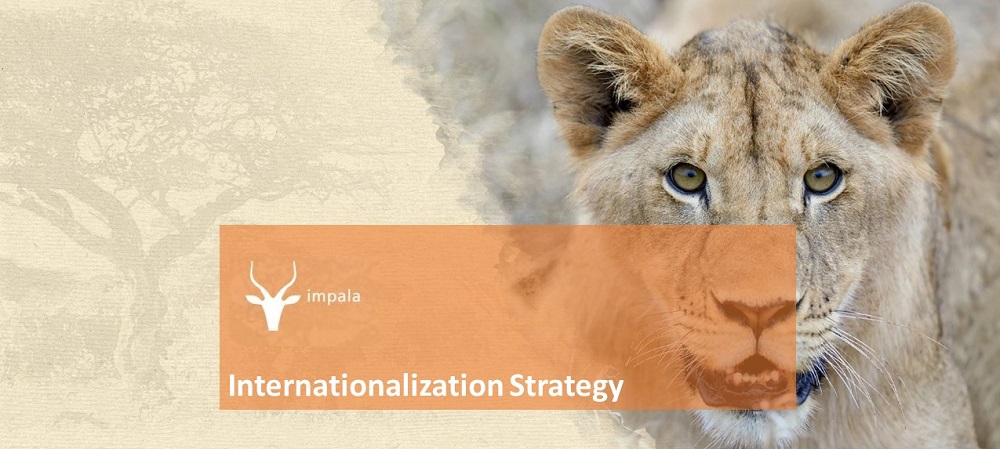We live in an age where even a set of modest thoughts can be gentrified by the term ‘strategy’. Not all internationalization strategies the author of this article has read deserve the noble term. But this is also true of many other things. I leave it open if a strategy must include a ‘vision’ and a ‘mission’. But it must state why a higher education institution (HEI) wants to engage in ‘internationalization’, it must take decisions in which of the many different activity types referred to as ‘internationalization’ today it will engage in and in which not. To put it in a less academic style: it must demonstrate that the HEI ‘knows what it is doing’. But I am hurrying, which is not good. So, let us go back to square one.
Tacking stock
Hardly any HEI is 100% abstentious in the international field. No one starts totally from scratch. Therefore, an institution would be well advised to take stock of already existing activities. Such an exercise is helpful anyway, because this way the many decentrally-run activities (in single academic units) and the bigger centrally-run (or anyway centrally known) activities all find their way into an internationalization inventory. The information contained in it would be the basis for an analysis in the guise of a state-of-the art-report. That much for the past
Taking key decisions
The next stage of producing a strategy is to form an ‘internationalization task force’ on which all faculties as well as the institution’s leadership, its international relations office and student representatives are represented. We would also propose that the body thus created should have one or two outside members (one of whom could be a higher education researcher), and it should elect or appoint a chairperson.
The team would essentially compare the status quo (what is already being done) with a list of all activity types today referred to by all or most as ‘internationalization’ (a list of internationalization activity forms is contained in an annex to this paper). The comparison is likely to identify ‘gaps’ in the international engagement. The group would need to make proposals which of the ‘gaps’ make sense and which should be filled. For example, most HEIs intentionally do not engage in ‘transnational education’ (branch campuses abroad, franchising, etc.). This comparison would also review the activities already pursued and answer if they should be continued. Next to internationalization activities (mobility, curricula, language of instruction, etc.), the body might formulate geographical and thematic priorities.
Skeleton proposal for an internationalization strategy
This process would result in a set of recommendations for the future priority of the HEI’s internationalization strategy. It would sketch the major elements (the ‘skeleton’) of the internationalization strategy. The document would not only recommend certain activity forms, but also state which rationales they follow. Finally, the document should also explain how internationalization and the institution’s activities in this field relate to the overall aims, objectives, and rationales of the institution.
The hopefully brief ‘skeleton’ internationalization strategy (= under ten pages) will then be provided to all staff and students of the HEI. The consultation should invite everybody to send their responses to the task force. There should be a number of public sessions where the document can be discussed.
After this, the strategy can be discussed by the task force and the leadership again, most likely adapted and submitted to the competent body (senate?) for adoption.
Work programme
If this is where the process stops, it will have been in vain. The strategy will be quoted in Sunday speeches and on the occasion of visits of foreign delegations. This apart, it will lead its existence largely on paper. And, as a German saying has it, “paper is patient”.
But the university should not be. The strategy will not be worth the paper it is written on if it is not translated into a work programme. This work programme should state the activities the institution will engage itself in, it will state who does what, it will set quantitative and qualitative targets for the coming year as well as in the medium term. It will also define on which items the institution will have to collect which data. The university or college should appoint a person or body who draws up the annual report. The report will be submitted to the institutions’ leadership as well as the competent body (senate?) and be debated there.
The strategy will be reviewed at intervals of three or four years, to make sure it still reflects the quickly changing realities. Whether or not an institution wants to add a vision and mission for the particular area of internationalisation is not really an important thing. What is important that decisions are taken and that it is being made sure that they will be implemented. Should the institution opt for a vision and mission, we would recommend embedding this in the overarching strategy of the university. In other words, internationalization should figure as a point there.


